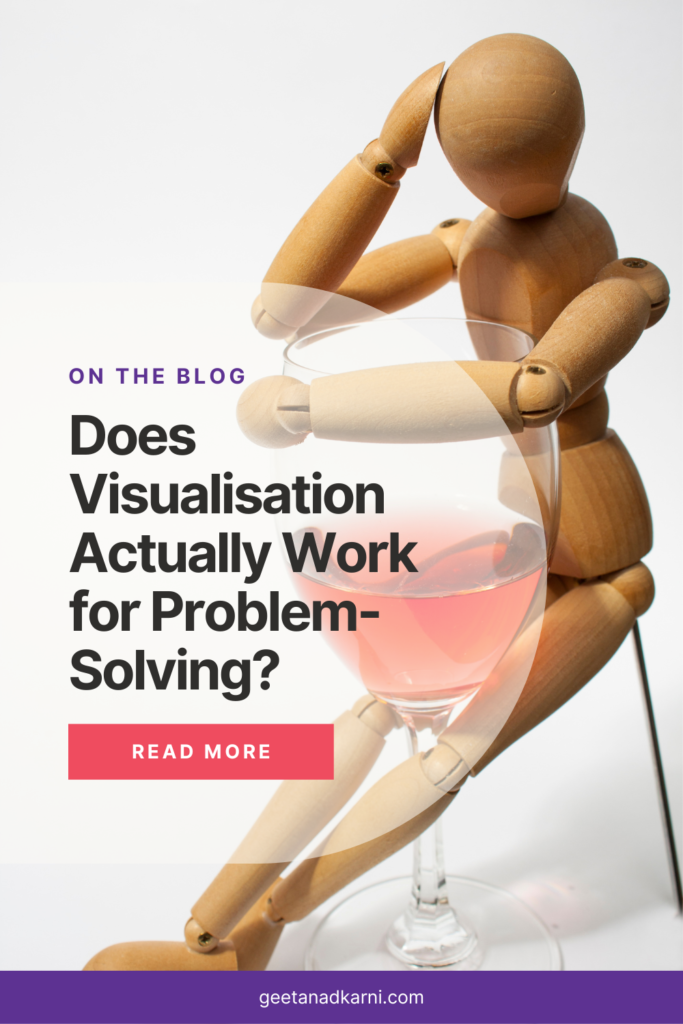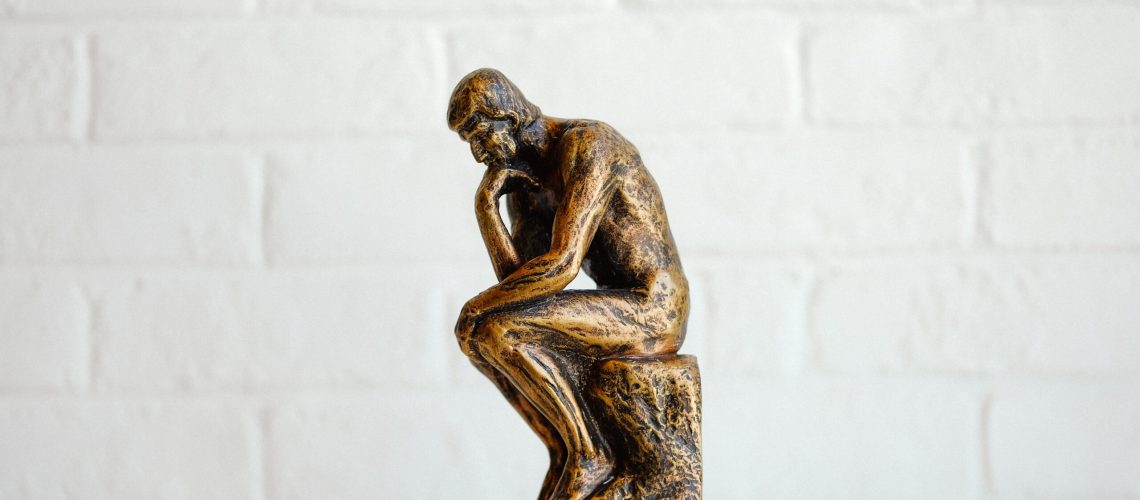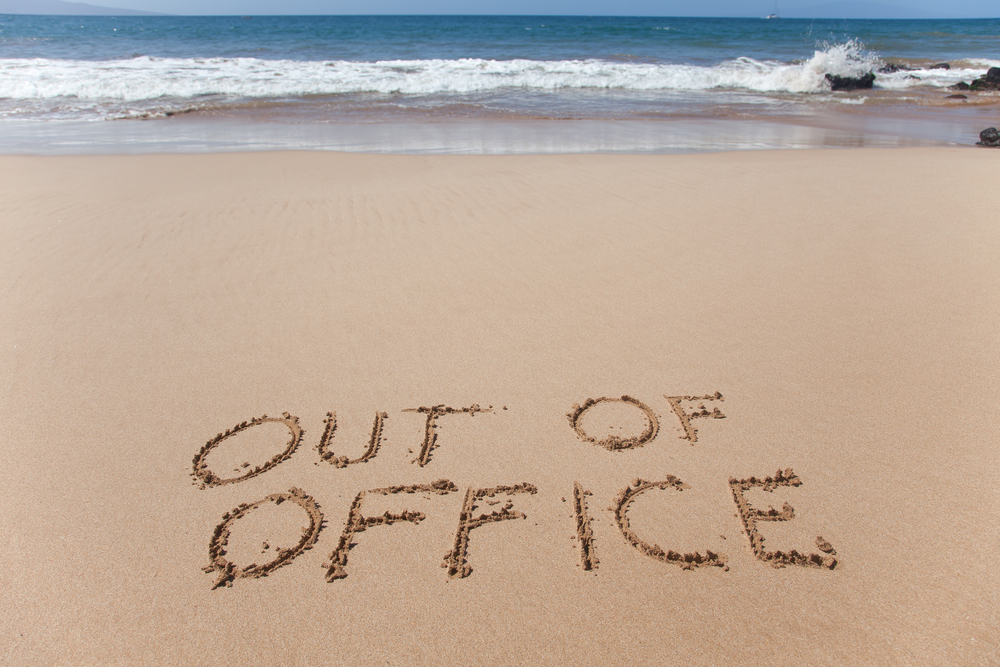Today we’re going to play behavior scientist and we’re going to do an experiment. Get a piece of paper so you can write stuff out as you follow along.
Got your paper? Okay, good. Let’s begin. I’ll tell you when you need to write something down.
3 groups
You’ve got a bunch of people who are just like you in real life (entrepreneurs, moms, stay at home dads, management professionals – however you choose to identify).
You break them up into 3 groups of equal size.
You ask them to think of a problem that is driving them crazy but that is potentially solvable.
Now you give all three groups this instruction:
Think about the problem. Examine it from various angles and learn more about it. Think about what you can do and take action to deal with it. Resolving it could reduce your stress, boost your self esteem, and help you grow from the experience.
Group 1: Control group
Now you release the control group and tell them to report back in a week.
Group 2: The Event Simulation group (rearview-oriented)
You ask these folks to picture the problem in a very specific way. You’re essentially helping them create what I like to call a “rearview mirror” approach – examining the thoughts, actions and circumstances that led to the current problem. Here’s what you tell them:
Visualize how this problem arose. Visualize how it started and write out the details. Step by step and in order as much as possible, list out the incidents that followed that contributed to the problem. Visualize the actions you took. Remember what you said and did. Add details about the environment, who was around you, where you were.
Journal on this once a day for a week and report back.
Group 3: The Outcome Simulation group (goal-oriented)
You will instruct this group to focus on the positive. They are to imagine resolving the stressful situation and all the good feelings they’ll have by achieving their goal. Here are the cues you give them:
Picture your problem beginning to resolve. Visualize the relief you feel. Feel into the satisfaction you experience and the confidence this creates in yourself. Feel into this deeply.
Journal on this once a day for a week and come back.
Now, use your paper to write down the following:
- Which group you think will have the best outcome and be the most successful in resolving the problem?
- Why you believe this – what’s the reason they’d be successful?
Don’t read ahead yet – really commit to your answer and write down why you believe it worked.

If you chose Group 3 (the outcome/future-oriented goal group) you, like many others who follow self help and pop psychology – including myself, have fallen into the trap of using the right tool for the wrong job.
Because the group most likely to think their way out of their predicament and find a viable solution is Group 2 – the “rearview mirror” group that examined all the factors that led up to the problem in the first place.
And this isn’t made up. It’s based on a real experiment done by UCLA researchers Inna Rivkin and Shelley Taylor and quoted in Chip and Dan Heath’s brilliant book, Made to Stick.
On page 211, they share the conclusion from the experiment:
When the three groups returned a week later, the event simulators’ advantage had widened. They were more likely to have taken specific action to solve their problems. They were more likely to have sought advice and support from others. They were more likely to report that they had learned something and grown.
In other words, for problem solving and designing processes and decisions, it is best to examine the past, not the future.
Examining what got you here will shed light on your unconscious assumptions and actions, any learnings from mistakes made and will boost your understanding of how you personally operate so you can make appropriate changes (and sculpt your environment and processes) to support your goals.
This is what will ultimately boost your sense of confidence and growth and foster a sense of self worth. Because you know yourself a little better and therefore can make decisions that lead to more reliable outcomes (which creates a virtuous cycle of self trust).
Self trust doesn’t come from not making mistakes or hitting every goal. It comes from feeling like you have a process to benefit from mistakes and grow no matter what.
Of course, for all this to work, you must come to the exercise with a sense of relaxed awareness – where you turn down the drama and try to report what happened with the curiosity and detachment of a researcher.
And of course, it works best when you add in the component of time.
Notice that even in this experiment, the researchers gave the participants a whole week of daily reflection. Reflection over time is a very different animal from reflection in a single moment.
Your subconscious continues to work on connecting ideas and refining your perspective if you’re willing to think about something in a relaxed manner over time.
I put an emphasis on “in a relaxed manner” because if you aren’t careful to bring detachment and curiosity to the process, you could end up in a negative spiral of rumination with an overfocus on just the negative.
It is important to keep a balanced perspective – no matter how big the problem is, you will have made both good and bad decisions. Over-focusing on the negative doesn’t actually help and can really harm.
Okay, now let’s put down our behavior scientist hat and pick up our pen. It’s time to think about our own frustrating-but-potentially-solvable problem.
Write down the following:
- Define your problem – write it out as clearly as you can.
- Write out how this problem arose. Visualize how it started and write out the details. Step-by-step and in order as much as possible, list out the incidents that followed that contributed to the problem. Describe the actions you took. Remember what you said and did. Add details about the environment, who was around you, where you were.
- Do this process every day for the next week. It doesn’t have to take long – just 10-15 minutes of writing each day will get you a level of detail that will shock you. I promise. Set reminders so you don’t forget. And if you come up with actions to take, make time to do those during the rest of your day.
- Report back in a week and share your findings with us in the comments.





